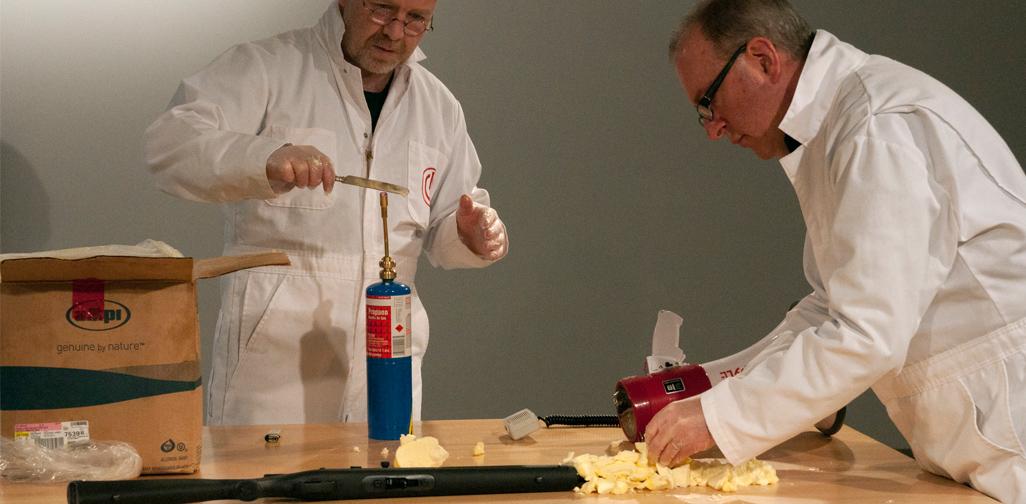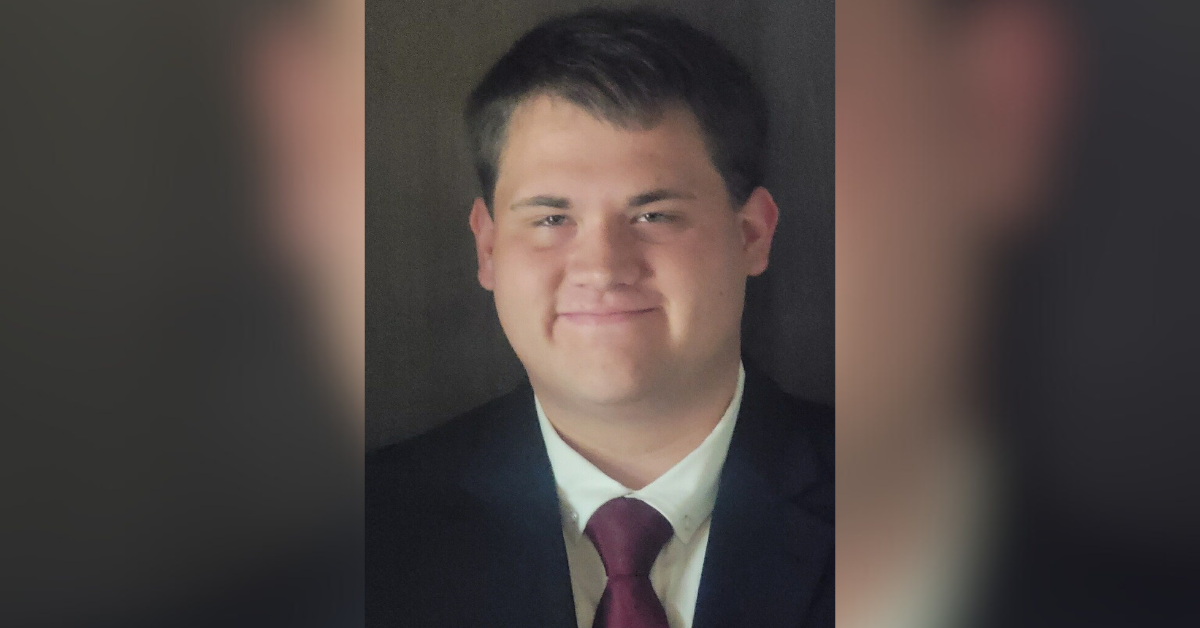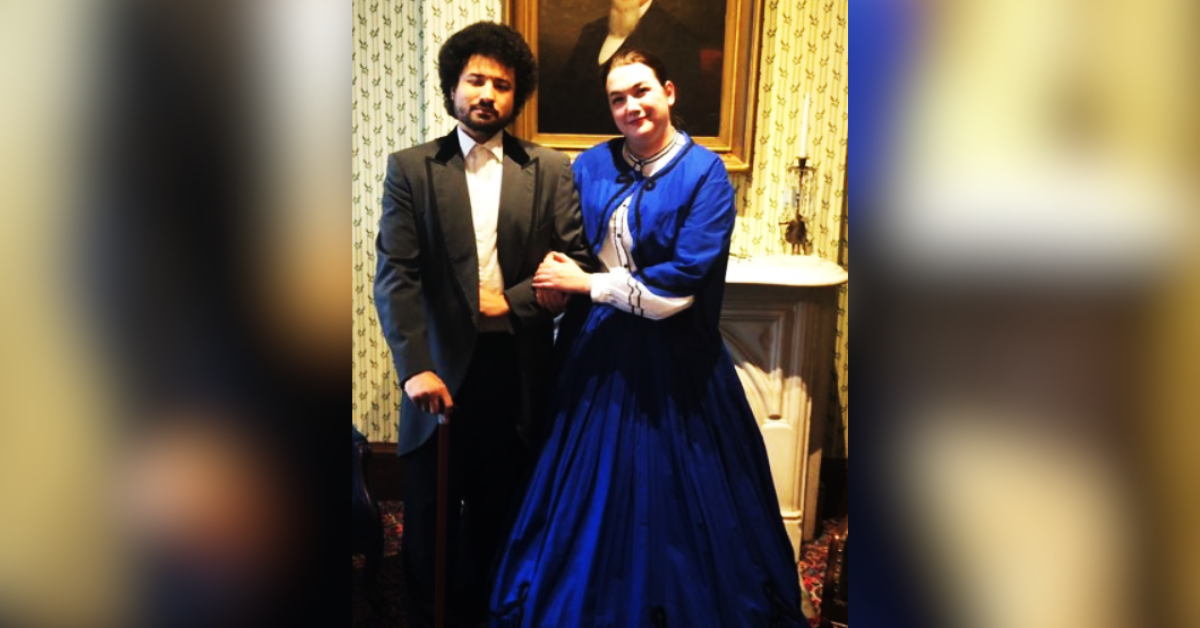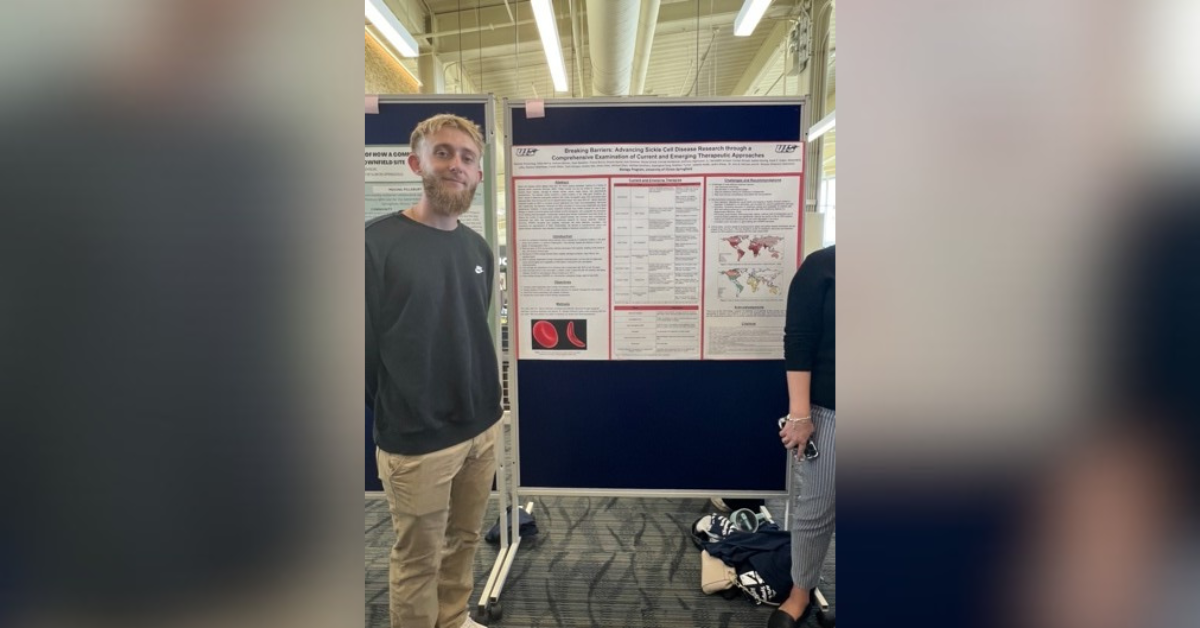What is considered ordinary anymore? Better yet, how do we even begin to define ordinary in today’s world? These are just a few of the questions the Industry of the Ordinary hope to provoke and challenge throughout their work. The duo proposed that the featured piece, “Guns and Butter,” in the UIS Visual Arts Gallery and the topic for the ECCE Speakers Series, may give some insight for what is considered ordinary in today’s world.
Mathew Wilson and Adam Brooks, the collaborative pair that make up Industry of the Ordinary, both originally hail from Great Britain, but have called Chicago home in more recent years. Here they both are fine arts instructors at Columbia University, as well as collaborative and performance artists. The two have a goal of celebrating “the usual” through various mediums, in order to find what is in fact ordinary.
The official opening of the gallery commenced Jan. 31, with a piece of performance art in which the pair created the piece “Guns and Butter” in the midst of an audience. The presentation consisted of the two men encasing a disarmed firearm in 100 pounds of butter, in the center of the gallery, atop a domestic wooden table. Wilson later explained that going into the performance, neither artist knew what the other was planning on doing, but that is what adds to the excitement and enthusiasm of performance art.
During their talk in Brookens Auditorium, Wilson and Brooks explained the idea behind “Guns and Butter” was conceived long before the recent trials of gun control in society. Wilson explained this idea is from the late 19th century centered on the “either-or” choice of funding the military – guns, or support civilians – butter.
For Wilson and Brooks, there is a different meaning behind the age old metaphor. For them, the truth behind guns and butter is a matter of differentiating what is ordinary of the two today. Guns or butter? Being located in America’s Heartland, they propose that the ordinary, historically, is butter. However, with gun control issues on the rise, today guns may be the ordinary.
Following the ECCE Speakers Series talk, Dave Kube, professor of digital media, said, “It was interesting that they didn’t really give any answers, they just wanted to ask questions of the viewers. I thought that was really great.”
Similarly, management faculty Nathan Steele said, “Much like their work, the talk was free form and started a lot of conversations, but not necessarily the same ones.”
Although the show and talk was a success to many art enthusiasts, for some students, it left them questioning “Guns and Butter” in a different way. Many did not understand the purpose behind the art, and went to the show looking for answers. However, when they were not given the answers they were seeking, they lost interest. Additionally some students did not understand the connection between the talk and the actual art, which only added to their confusion.
In connection to “Guns and Butter” the artists recently completed another piece of similar work titled, “The Harvest.” The work consisted of a commissioned butter sculpture of the bust of President Obama, which was then wheeled through the streets of Chicago in a cooler.
“We really in essence took him on a pub crawl,” said Wilson. “We knew it would elicit responses – polarize responses.”
Brooks explained that at the end of the “The Harvest” gallery, Feb. 17, the two hope to melt down the Obama bust, and turn the butter into bio-fuel. They would then embark on a symbolic journey from Chicago to Springfield to bring Obama back to where his career began. The journey would also tie together both “The Harvest” and “Guns and Butter” when the exhibit ends Feb. 21.
As the 100 pound butter encasing continues to melt, spectators are asked, what is your ordinary?







